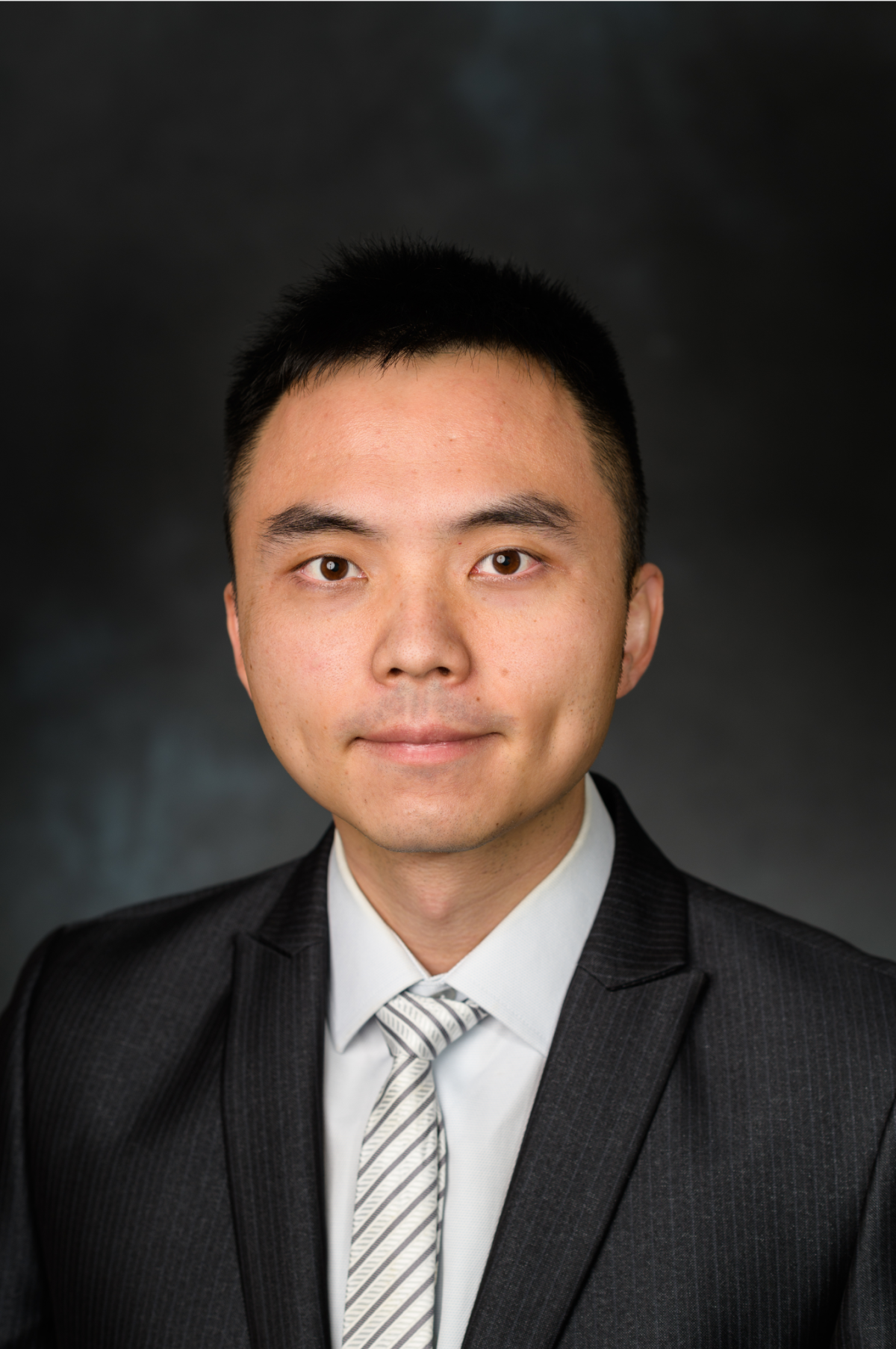Pin-Kuang Lai Explores Cross-Disciplinary Innovation with $525K Department of Energy Grant
Stevens chemical engineering professor studies how machine learning can advance our understanding of metabolic engineering
For his groundbreaking approach to scientific exploration, Pin-Kuang Lai, assistant professor in the Department of Chemical Engineering and Materials Science at Stevens Institute of Technology, has been awarded a grant of $525,000 from the U.S. Department of Energy (DOE). The grant, part of a $1.05 million collaboration with the University of California, Los Angeles (UCLA), aims to delve into the intricate world of metabolic engineering using leading-edge machine learning techniques.
Revolutionizing the study of metabolic pathways
A machine learning expert whose work generally focuses on drug discovery, Lai was looking for ways to explore new techniques. When he found metabolic engineering, which looks to optimize cell processes, he was hooked.
The core of Lai's DOE research lies in leveraging state-of-the-art machine learning techniques to understand the chemical reactions occurring within organisms. By reducing computational complexity and accelerating calculations, his team aims to model microbial systems, shedding new light on medical therapies and environmental sustainability.
“Whether it’s a microbe or human, thousands of chemical reactions are needed to sustain life,” Lai explained. “When we can understand the metabolic pathways of how these integrated chemical reactions occur, it will help us better understand what's going on inside the living organism. Mathematical modeling, while useful for similar metabolic processes, becomes almost impossible when studying entire organisms. That's why we're working to use machine learning to facilitate these computations.”
Specifically, he is using machine learning to rapidly calculate the flux — the flow of individual metabolic reactions through different conditions within the organism. The goal is to allow researchers to more effectively study the metabolic reactions within the organism and ultimately across microbial species.
“Developing a machine learning model that can study all the microbial systems,” Lai noted, “can help us develop new drugs or provide insights into how pollutants affect a specific species and entire ecosystems.”
To simulate the system-wide biochemical reactions and generate the large datasets required to train the machine and predict the flux distribution among species within a community, Lai is collaborating with metabolic engineering experts at UCLA. This fusion of disparate areas of expertise is characteristic of his creative approach to scientific exploration.
“I became interested in chemical engineering because only chemical engineers study chemistry, physics and math,” he recalled. “I like being able to understand both physics, which is generally interested in finding the rules that apply to the entire system, and chemistry, which dives into specific actions to focus on the details. I still love to learn about new fields and methods and applications, and try to think how I can borrow ideas and make them relevant to engineering.”
Lai's enthusiasm for diverse scientific fields led to a breakthrough in his DOE research execution.
“I learned about a computer vision technique called ‘inpainting’ that allows us to restore missing or removed parts from an image,” he explained. “In metabolic engineering, when we study multiple metabolic pathways, we can only measure a few metabolites, and we have to use this information to back-calculate how the flux flows. So I decided to use this inpainting technique to guess the missing part from the known information. A lot of machine learning application now is based on computer vision and image generation, so we’re considering how we could convert all our project’s engineering problems into images and leverage advanced techniques. Combining learnings from other fields makes our approach innovative.”

